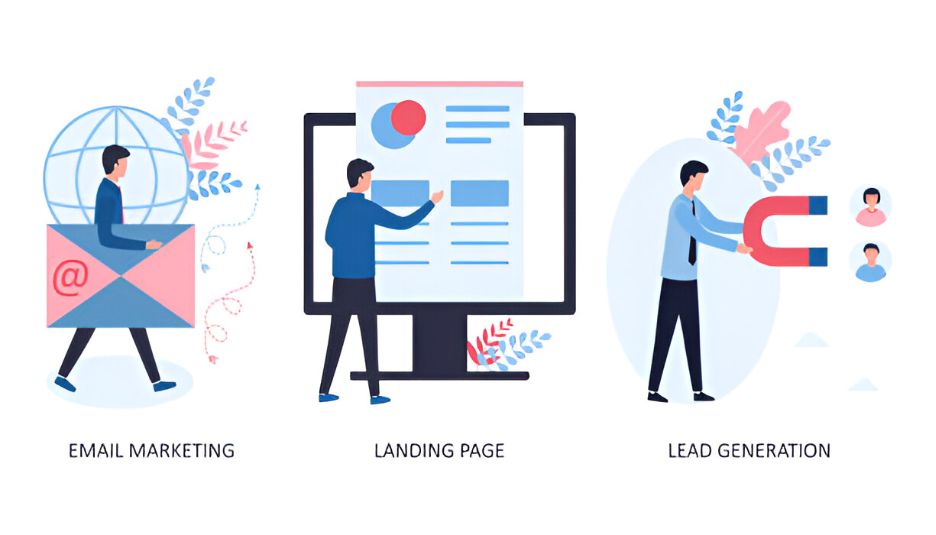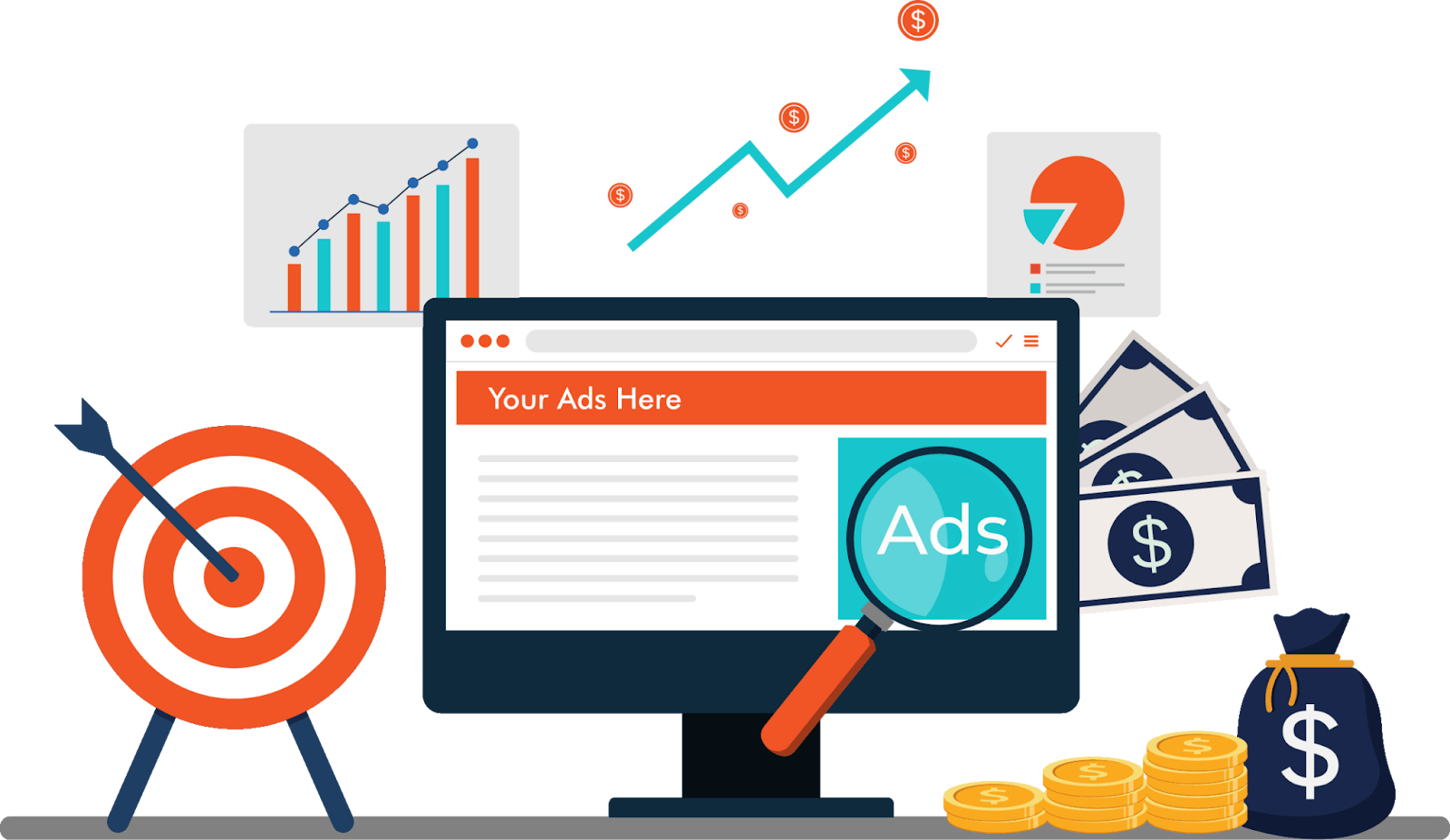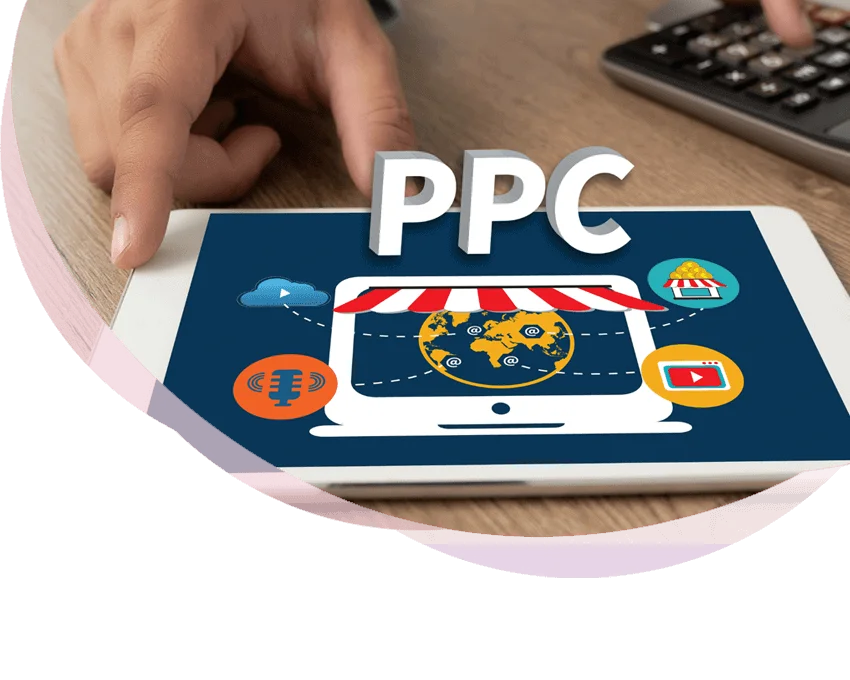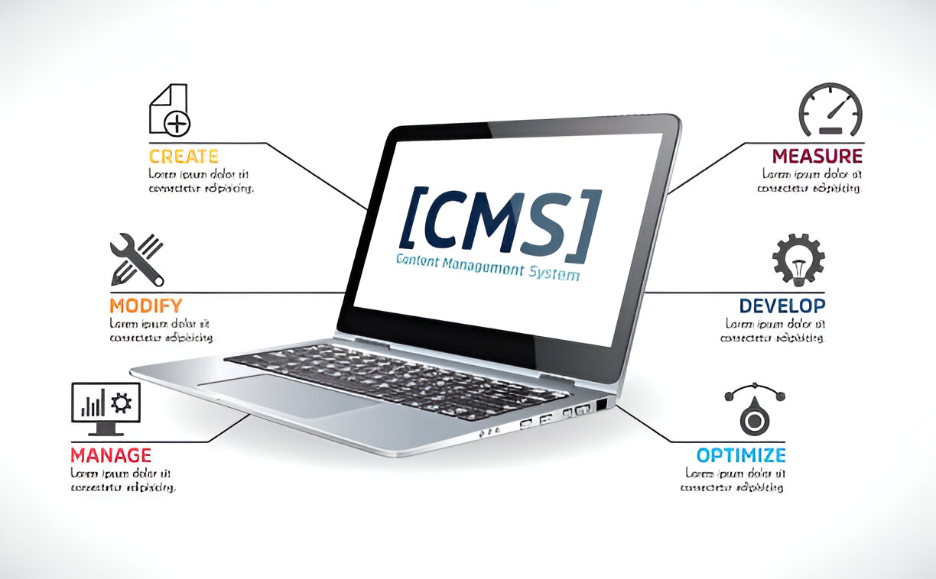In the world of digital marketing, your landing page can either make or break a campaign. It’s not just a design element—it’s a performance tool that determines whether your visitors take action or bounce away. For agency owners, business owners, marketers, and even employees working in marketing teams, understanding the core components of a high-converting landing page is critical.
Let’s break down the essential ingredients of landing page success, the best practices followed by top-performing digital marketers, and actionable tactics to implement immediately.
What Is a Landing Page and Why Is It Important?
A landing page is a standalone web page created specifically for a marketing or advertising campaign. It’s where a visitor “lands” after clicking on a link in an email, ad, or social post.
The goal? Conversion. Whether it’s signing up, purchasing, downloading, or filling out a form, a landing page is all about guiding the user toward one focused action.
Why Landing Pages Matter
- They eliminate distractions.
- They’re optimized for specific campaigns.
- They improve paid ad ROI.
- They track performance effectively.
Key Elements of a High-Converting Landing Page
Clear and Compelling Headline
Your headline is the first impression. It must immediately communicate the benefit of the offer and keep the visitor interested.
Persuasive Subheadline
This supports the main headline by providing a secondary layer of information. It explains the value in a little more depth.
- Action-oriented
- Clear and visible
- Contrasted in color for visibility
Engaging Visuals
Use high-quality images, illustrations, or videos to support your message. People process visuals faster than text, and visuals can emotionally connect with your audience.
Trust Signals and Social Proof
Testimonials, reviews, certifications, or user counts all build credibility and reduce anxiety.
Benefits-Focused Copy
Rather than just listing features, explain how your offer solves the user’s problem. Focus on transformation and outcomes.
Use language that:
- Speaks to your ideal customer’s pain points
- Explains the “why” behind your offer
- Is skimmable (use bullets, short paragraphs)
Mobile Responsiveness Is Non-Negotiable
With a growing percentage of traffic coming from mobile devices, a landing page that doesn’t adapt to smaller screens is guaranteed to lose conversions.
Why Mobile Optimization Matters
- Page layout should be responsive across all screen sizes.
- CTA buttons should be easily clickable on smaller devices.
- Load times on mobile must be fast.
Best Practice:
Use large fonts, mobile-friendly forms, and vertical design flows.
Best Practices for Building Landing Pages
Speed Optimization
- Compress images
- Minimize code
- Use lazy loading for videos
Fact: Every second of load delay can reduce conversions by up to 7%.
A/B Testing
Always test different versions of headlines, CTAs, visuals, and layouts. Data-driven decisions lead to higher conversion rates over time.
Consistent Branding
Your landing page should align with your ad or campaign in tone, design, and messaging.
Why It Matters:
It reassures users that they’ve landed in the right place, building trust and confidence.
No Navigation or External Links
Unlike a website page, your landing page should not have a full navigation menu. This prevents distraction and keeps the user focused on converting.
Landing Pages for Different Marketing Goals
Whether you’re an agency helping clients or a business owner running your own campaigns, the structure of your landing page might vary slightly depending on your goal.
Lead Generation
Use a compelling lead magnet (eBook, checklist, webinar) and keep forms simple—only ask for essential information.
Product Launch
Showcase product benefits, include demo videos, and build excitement with testimonials or countdown timers.
Service Booking
Focus on trust-building, include service descriptions, and use a CTA like “Book Your Free Consultation.”
Common Landing Page Mistakes to Avoid
- Too Much Text: Overwhelms visitors
- No Clear CTA: Leaves users confused
- Slow Load Time: Increases bounce rate
- Unclear Value Proposition: Doesn’t answer “What’s in it for me?”
- Too Many Choices: Creates decision fatigue
Why Your Conversion Rate Is the Real Metric That Matters
Vanity metrics like page views mean little if visitors aren’t converting. For businesses investing in SEO Cincinnati strategies, the true measure of success lies in the conversion rate. It tells you how effective your landing page is at turning interest into action, ensuring your traffic doesn’t just grow—but grows with purpose.
Average Conversion Rates:
- General landing pages: 2-5%
- Well-optimized pages: 10% or more
Tip: Focus on the user journey, not just aesthetics.
Conclusion:
Creating a high-converting landing page isn’t about following a template—it’s about understanding your audience, solving their problems, and guiding them with clarity and purpose.
When your page is fast, focused, visually engaging, and strategically written, you create an experience that converts. For agencies and digital marketers, it’s a chance to prove ROI. For business owners, it’s the gateway to growth. And for employees, it’s a skill that adds immense value to any campaign.
Ready to turn more visitors into customers? Contact us today to learn how we can help you create high-converting landing pages that drive real results.
Frequently Asked Questions (FAQ)
Q1: How long should a landing page be?
A: It depends on the offer. Short pages work for simple, low-commitment actions. Longer pages are better for high-ticket items or complex services that require more explanation.
Q2: Should I use video on my landing page?
A: If used properly, video can boost engagement and conversions. Keep it short (under 2 minutes) and ensure it loads quickly.
Q3: How many CTAs should I include?
A: One primary CTA repeated throughout the page. Don’t confuse users with multiple calls to action.
Q4: Do I need a separate landing page for each campaign?
A: Yes. A dedicated landing page allows for more targeted messaging and better tracking of performance.
Q5: What is a good conversion rate?
A: While the average is 2-5%, top-performing pages often achieve 10-20% or more with the right optimization.





